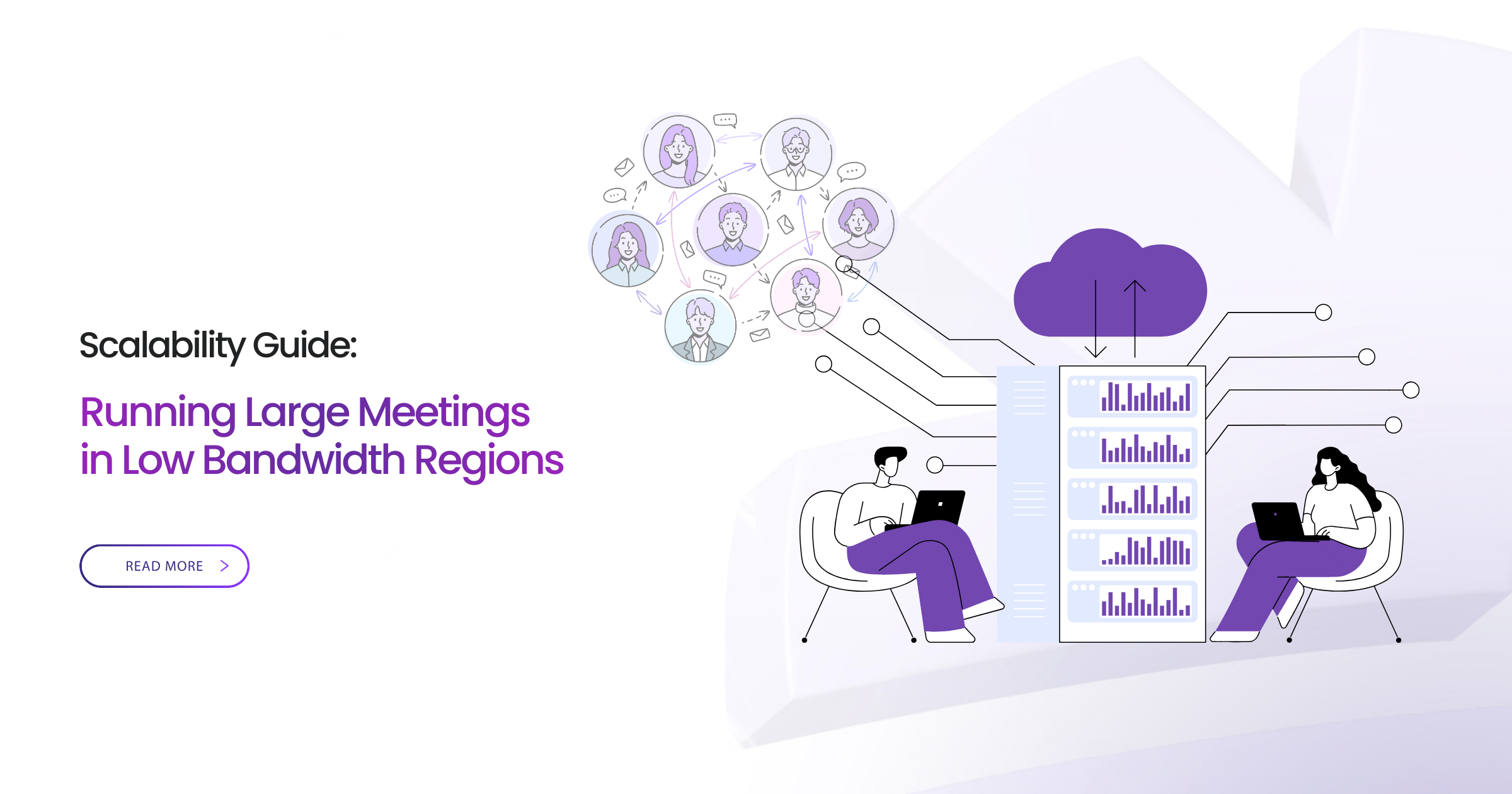Communication technology advances bring people closer and allow businesses and employees to collaborate across geographical constraints. Many companies are now embracing the norms of remote work. Some companies provide remote work options to their employees to encourage them to pursue work-life balance, while others consider remote work an essential aspect of reducing operating costs, higher employee retention, and attracting and recruiting top talents. So, what actually are the benefits of remote working for business? Let’s see.
Benefits of Remote Working for Business: 6 Major Advantages
We often hear about the remote working benefits for employees, right? Well, let’s see the benefits for employers or business organizations.
-
Increased Productivity
Remote working provision has increased productivity for most employees as they enjoy working in a comfortable home environment. Having the flexibility to work from home, employees often work extended hours at their most productive time rather than a fixed block of regular office time.
Also, employees with a dedicated workspace at home are less likely to be distracted by workplace gossip, prolonged coffee or lunch breaks with coworkers, or worry about commuting gridlock. As a result, they can focus more on their work assignments.
Additionally, video conferencing and collaboration platforms help remote employees attend client meetings, provide instant support, or solve problems without leaving their home or branch office established in a remote location. They can also share work progress or seek peer input and guidance.
-
Reduced Operating Costs
Organizations can minimize their overhead costs like commercial office space, decorations, furniture, electricity, utility bills, and many other administrative charges by allowing employees to work from remote locations. Moreover, organizations can save expenses on technology purchases and maintenance as the remote workforce can utilize their devices like laptops and personal computers, collaborate via cloud-based solutions, and communicate with coworkers through video conferencing platforms to keep engaged.
Enhanced Convenience
When critical situations arise, remote employees can instantly communicate with teammates or clients through video conferencing platforms. Companies can take advantage of this opportunity to connect people in various time zones outside of regular business hours, even while employees are staying in their homes.
The concept of remote work with a virtual team is becoming a norm as organizations are expanding their business portfolio all around the globe. Even though employees are not working in the same physical office environment, work can be as productive as a conventional working model. So, it’s time to embrace the modern concept of remote work and take advantage of having a remote workforce for your business organization.
-
Improved Employee Wellness
One of the essential benefits of providing a remote work facility is it allows businesses to go through fewer absences or sick leaves of employees. When employees work remotely or join a video conference, managers wouldn’t have to worry if a teammate sneezes or coughs since there is no risk of transmitting viruses. Health experts and the government encourage everyone to maintain social distancing, but it’s pretty tricky in a congested office environment. Moreover, employees working from home have lower stress and a better work-life balance, ensuring more productivity at work.
-
Better Recruitment Opportunities
Most companies recruit employees who reside within a suitable radius of their company location. However, recruiting local talents restricts the selection process. Companies are now managing remote workforce so that they can choose from the best-qualified applicants for a vacancy regardless of location. A manager may now recruit a software developer in Bangladesh to develop web applications or mobile apps for the company in the USA or Europe or hire a customer care executive to handle the company’s daily inbound and outbound business calls.
-
Higher Retention of Employees
While many employees who work remotely may enjoy it because of the comfortable environment at home, it becomes an advantage for companies to retain talented personnel. Several surveys have found that most remote workers are more satisfied with their jobs and are more likely to remain with companies that allow people to work remotely. On the other hand, employers claim that remote work has significantly influenced employee retention. Remote work opportunities will be vital when employees select their new job, and prefer remote work alternatives above a raise.
Drawbacks of Remote Working
Remote work comes with a set of benefits but it also has many drawbacks. Employees may feel isolated from the organization’s day-to-day activities when working from remote locations, which can lead to a drop in self-esteem. Managing projects, coordinating between team members, and monitoring their work progress and performance are often complicated for the team leader when the teammates are dispersed around several places and working from remote areas.
It’s expected that our minds may seek any excuse to delay performing the assigned tasks and enjoy relaxation when working remotely, where nobody can monitor whether we are working or not. It’s also challenging to discuss project details through phone calls and emails, particularly if it’s associated with data visualizations, PowerPoint presentations, graphic designs, etc.
However, every team of an organization is different. So, the management approach may need to be different and unique to boost the productivity of a remote workforce. Also, you need to be innovative and take feedback to restructure and reschedule some work processes to increase your team’s productivity.
Adapting Remote Work for Businesses
Though remote work has benefits for businesses, it’s impossible to move an entire organization going virtual in a short time. Because you might wonder if remote work really works?
Begin by allowing some staff to work from home for a few days per week. Make particular days obligatory to go and work from the office and settle issues better handled in a face-to-face discussion. Allow remote work facilities to only those employees who depend on fewer interactions with coworkers, clients, or vendors.
Adapting remote work for businesses and avoiding possible complications will need some preparation. Here are a few aspects to think about:
- Evaluate and Assess: Like any new business venture, you should weigh and measure remote work’s potential benefits and drawbacks. Would it be the best option for the company? If it does, which departments are appropriate? What are the possible benefits? What are the disadvantages? Your organization might not be sophisticated enough to afford remote work for the employees. Discuss with the top management and determine the risks and advantages of this approach to see whether it’s the appropriate decision to meet your organization’s goal.
- Set Clear Expectations: Employees working from home or in remote locations ought to clearly understand the assigned tasks they are responsible for. While employees work in the office environment, what activities they are performing are often apparent, and they are frequently given additional functions as needed. On the other hand, the daily assigned tasks of remote workers are less noticeable. So it is essential to check in with the remote team regularly to keep track of their assigned tasks, work progress, and provide guidance as needed.
- Choose the Right Technology: Remote work can only be beneficial if the organization uses the appropriate communication, collaboration, and project management technology. It’s essential to compare various tools and software from renowned service providers. Some organizations may choose a centralized solution (like Microsoft Office 365) for remote accessibility. Others may prefer to employ various tools from smaller vendors for specific and specialized business processes.
- Test, then Deploy: It’s best to try the proposed strategy with a small group of employees of a specific department before adapting the company-wide remote work policy. Analyze and take feedback from those employees so you can restructure and improve some of your work processes to adjust to this new working norm.
- Communicate and Collaborate: Communication and collaboration are essential to managing remote employees. There are several communication software available for remote workers. Instant messaging options such as Facebook Messenger, WhatsApp, Viber, or enterprise-level video conferencing platforms like Convay, Zoom, Skype, etc. will allow immediate communication between coworkers and enhance the productivity and efficiency of the remote workforce.
Check our blog post on How to get the best out of your remote working team and boost their productivity.
Final Words
You may have understood and realized the benefits of remote working for businesses. Though the outbreak of the Coronavirus pandemic has prompted many organizations to adopt remote work policy, the nature and work process are unlikely to revolve to what it was before, even when the pandemic ends. Remote work will become more common in the new normal. The advantages of remote work have such a significant impact on a worldwide scale that it is destined to be a part of our digital lifestyle.


